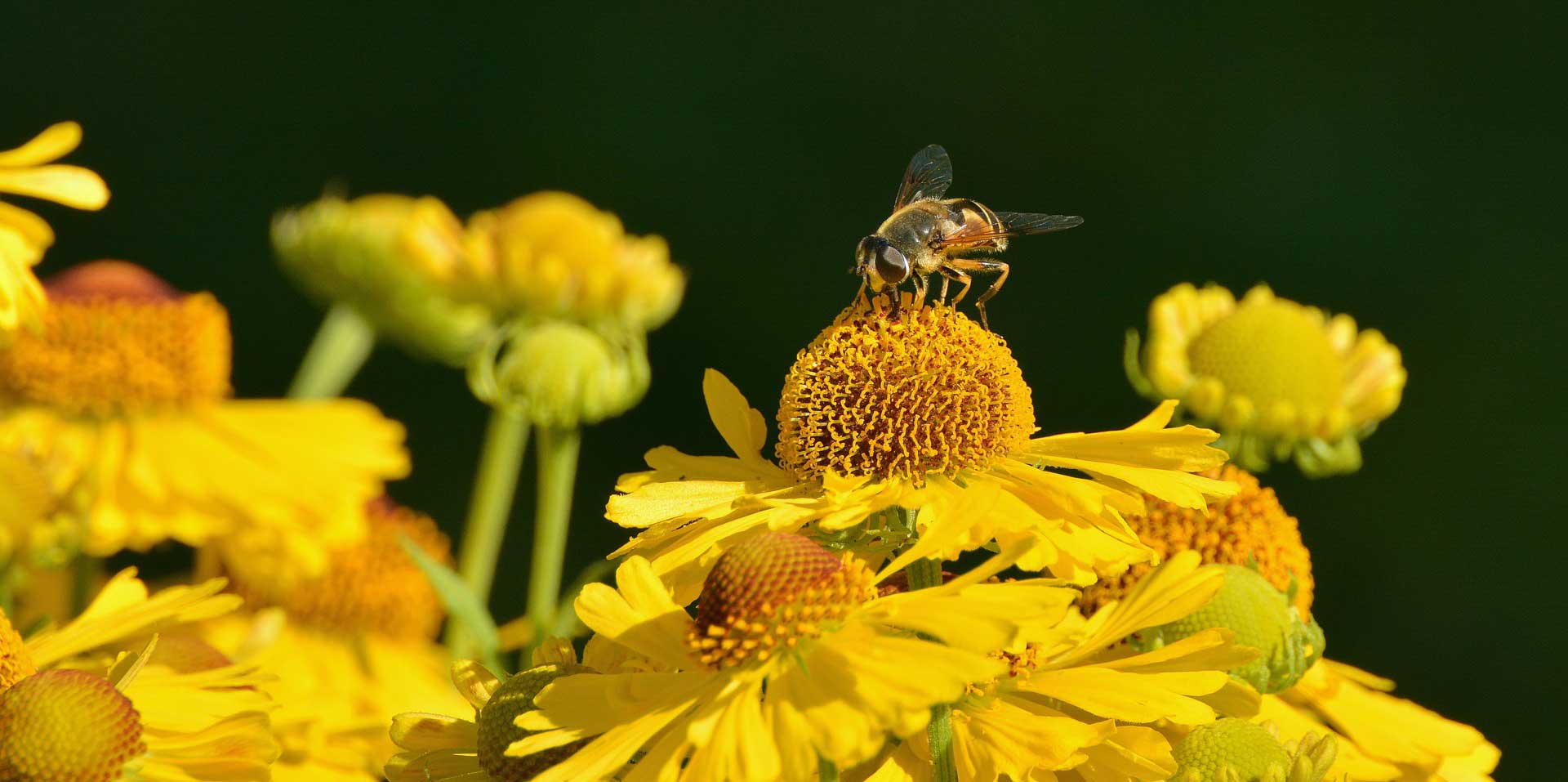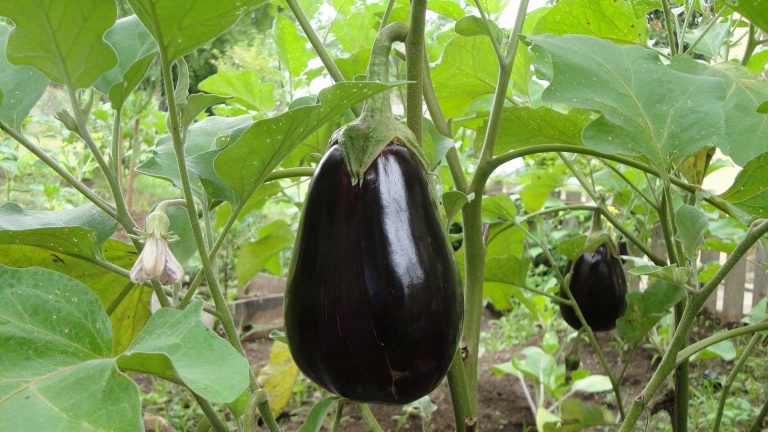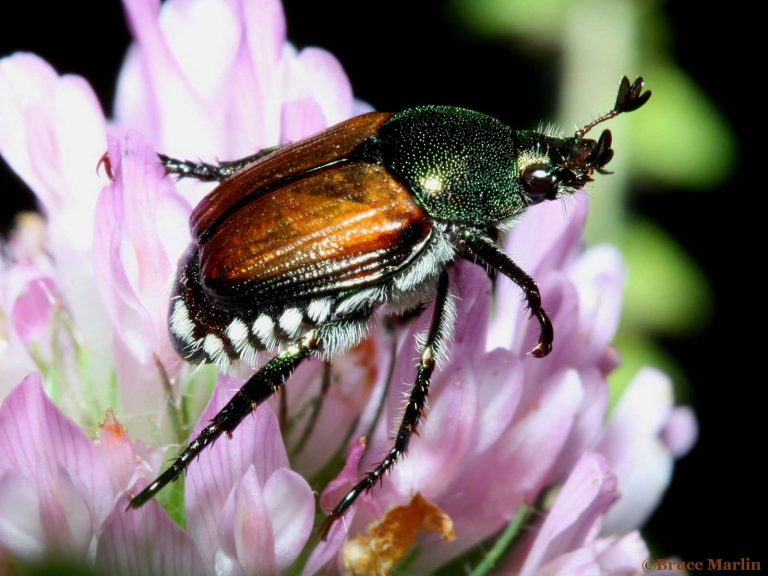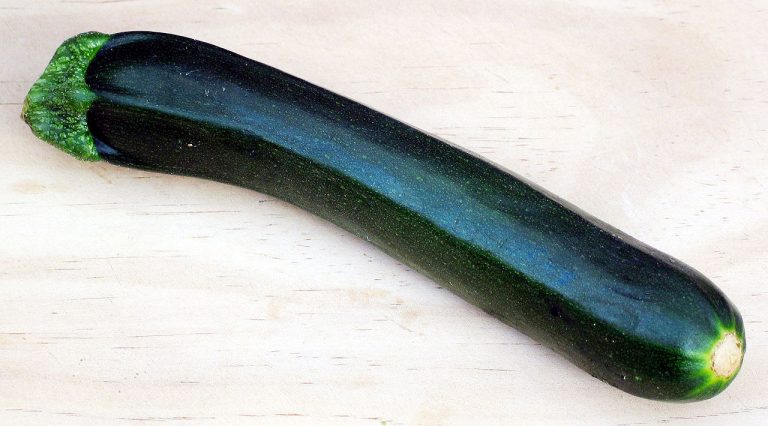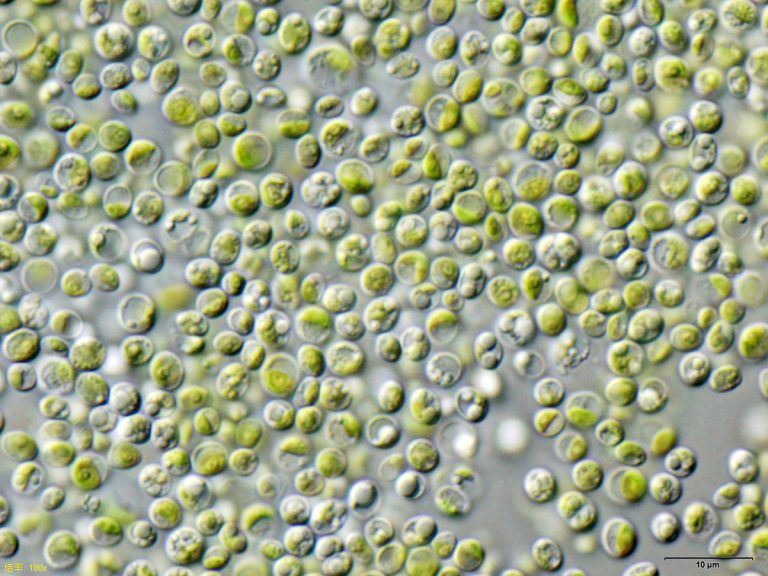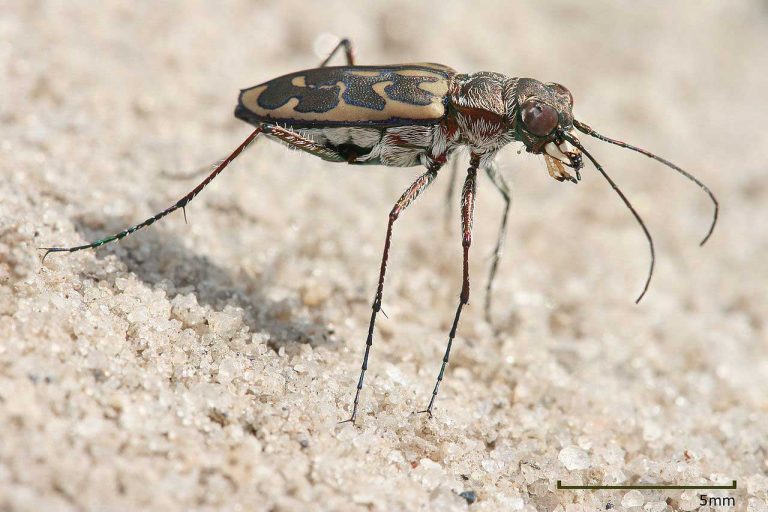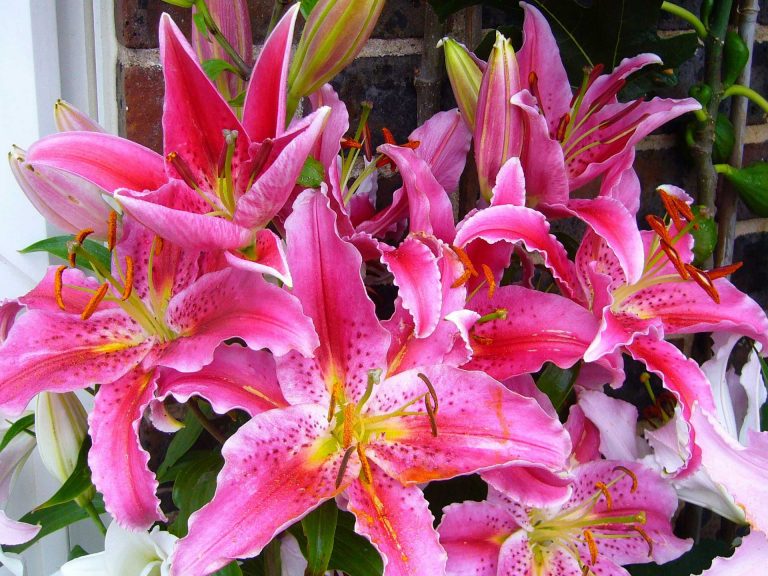Helenium – Alluding to Helen of Troy
Scientific Classification
| Kingdom: | Plantae |
| (unranked): | Angiosperms |
| (unranked): | Eudicots |
| (unranked): | Asterids |
| Order: | Asterales |
| Family: | Asteraceae |
| Tribe: | Inuleae |
| Genus: | Inula |
| Species: | I. helenium |
Helenium, a variety comprising around 40 types deciduous perennial herbs and annuals of the daisy family Asteraceae, are inhabitants of America. They yield clusters of either orange or yellow flowers resembling the daisy flower. Many of these Helenium types (in particular Heleniumb autumnale) go by the general name sneezeweed, obtained from the earlier users of their dried leaves (they used to make snuff, which, when inhaled, causes titillation that purportedly got the body rid of evil spirits).
Helenium also alludes to Helen of Troy, reputed the most beautiful women in Greek Mythology.
Anatomy
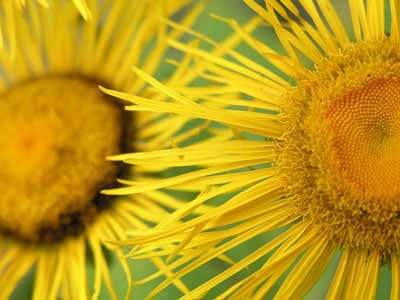
This perennial plant grows to a height of 3-5 feet, and branches scarcely and infrequently. The stems have a winged, angular and green configuration. The leaves form alternately. The Helenium leaves five inches long and 1 1/2 inches in width. Their leaves have an elliptical-oblong to lanceolate-oblong shape, and more or less saw-toothed along the edges, The leaves have no stalk; they embrace the stem, or they are sessile. The stems at the higher end grow profusely with their terminals ending in flowers with a width of 1 ½ to 2 inches across.
How to Cultivate Domestically
Preparation for Planting
Choose a location your sneezeweed. They require total sunlight all the day; hence be certain that the site you choose is not in a shady place. They also require a soil that preserves moisture. Helenium grows well in wet, moist and scantily drained soils. They do not require nutritious soil; as a matter of fact, a nutritious soil grows unexpectedly tall plants with juicy green leaves that flowers sparingly. Most nurseries propagate the plants from the helinium flower seed and sell it to the interested enthusiasts.
Planting
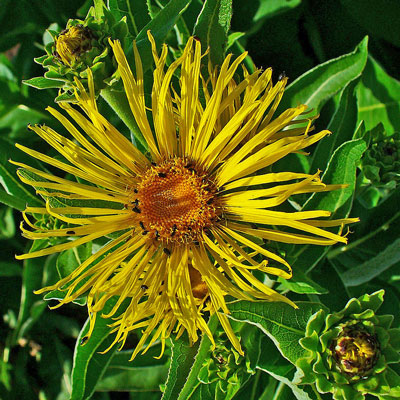
Photo by: H. Zell
- Promulgate helinium flowers through seeds, sow the seeds during the late winter or early spring, spread a quarter-inch layer of soil on top of the seeds and pack them down mildly to settle down the seeds. Water carefully, to protect the seeds.
- Till the soil and extract garden debris and rocks and add a good amount of organic substance in many weeks prior to planting.
- Spring is the right time for planting your helinium. Make a hole in the soil bigger than that of the container; transplant the plant with care from the container in the hole. Top up the hole with soil and firm it mildly to evacuate air bubbles. Settle the soil by watering. In order to retain the moisture in the soil, mulch around the base of the plant.
- Water properly.
- Look out for the helinium to start flowering in the middle of summer, prolonging to early fall. Discard the stems of the withered flowers. When the plant dies and falls down, shear the faded leaves and leave it on the ground as mulch.
- Propagate the helinium by dividing them every three years in spring or fall. Uproot the plants, separate and remove the aged central part. Replant the separated parts 12 inches apart. Continue to water the new growth often right through the growing period.
Placement and Watering
Water your helinium often. When you see fresh growth in spring, supply whole plant food. Snails and slugs are the only threat to the fresh growth when the weather is humid. Either use a pesticide or pick and remove them.
Flowering Period
Helenium blooms exactly during fall. They flower towards the end of summer till frost, displaying their beauty for about ten weeks. Still the majority of the current hybrids has few varieties in orange (Helenium H. hoopesii). Most begin flowering in the middle of summer and continue till fall. There are few that begin to bloom in the beginning of summer and complete in early autumn.
After Bloom Care
Once heleniums complete their flowering, cut the plants to its base to prevent it from diseases and insects that can infect the plant. To keep your Helenium free of problems, repeat this process of dividing the cluster in four years time.
As Cut Flowers
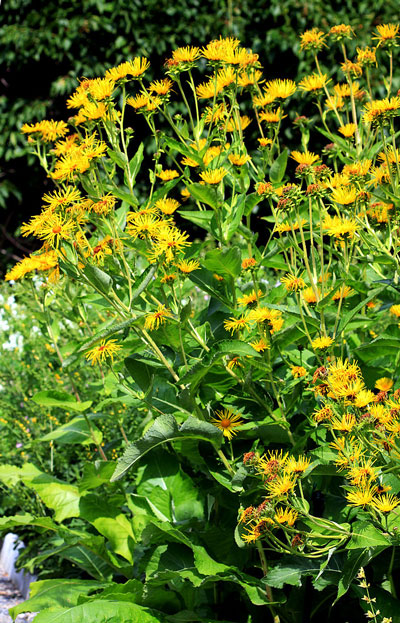
Photo by: Karel Jakubec
Cut the tips of the new growth in April as cuttings. A few people do Chelsea chop, but only in soil that is fertile and deep. Flowering time delays because of the chop; hence you can do it in the later part. In order to encourage more flowers, behead regularly. By this method your plants will retain flowers for several months. If there is a respite, they will bloom later.

Having discovered a fondness for insects while pursuing her degree in Biology, Randi Jones was quite bugged to know that people usually dismissed these little creatures as “creepy-crawlies”.

